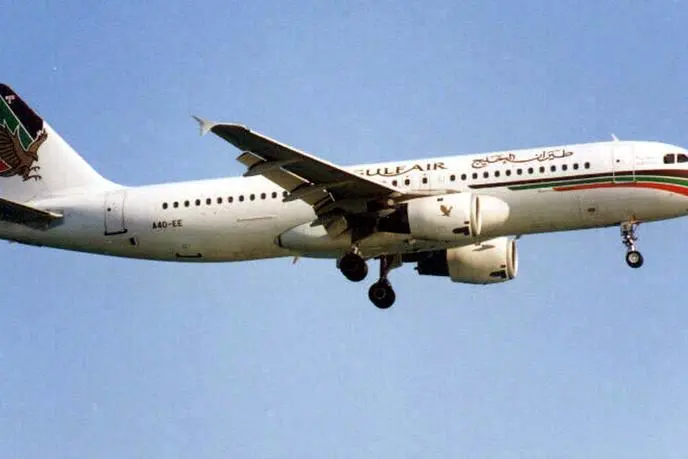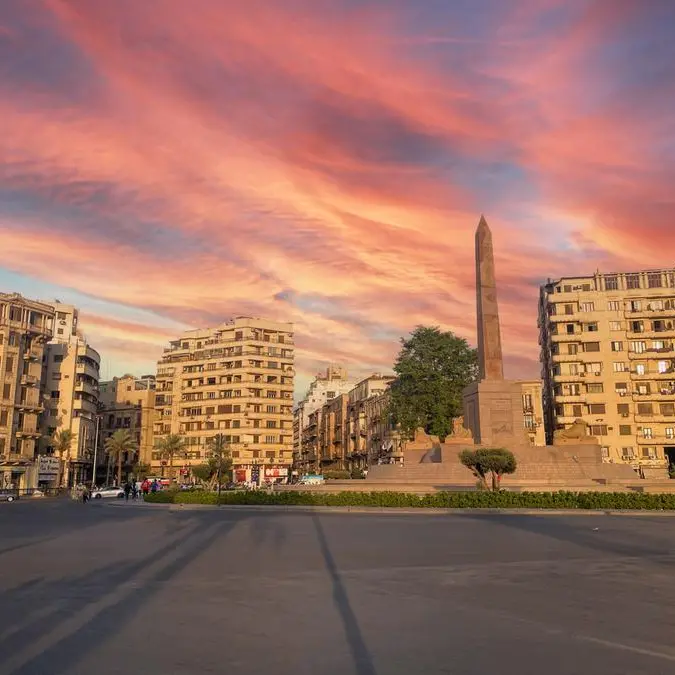PHOTO
LONDON: The battle for Open Skies is turning to one of empty skies for Gulf airlines trying to fill the cabins of planes flying to the US.
Rampant trans-Atlantic route expansion by the big three regional carriers over the last two years is putting pressure on their profitability amid fierce fare competition and passenger frustration with increased security vetting.
The aggressive push by Emirates, Etihad Airways and Qatar Airways to open new routes across North America was one of the reasons for the bitter and ongoing Open Skies feud.
Indeed some analysts see their rapid route expansion two years ago as an attempt to secure a strong foothold in case US rivals were successful in preventing their future expansion on fair competition grounds.
The opening of several new routes by the trio, especially in 2015, poured salt on the wounds of their US competitors, that had already accused them of benefitting from unfair state subsidies – an accusation vociferously denied by the Gulf airlines.
But as the Gulf carriers extended their reach from Boston to Seattle, they have struggled to fill their cabins.
They have also been hit hard by limitations imposed by US authorities on entry visas as well as heightened security vetting and restrictions on electronics devices in aircraft cabins.
“There has been a rapid growth of Gulf carrier capacity to the US market and generally speaking traffic has responded,” said John Stickland, a London-based aviation consultant. “However more recently with the challenges of the laptop ban and visa restrictions, Gulf carriers have been particularly exposed.”
But even as some of those earlier restrictions have been eased, a glut of planes serving these routes remains forcing the closure of some routes.
Emirates in April said that it would reduce flights to five of its 12 US destinations. It said at the time it was a commercial decision in response to weakened travel demand into the US.
Still, the Dubai-based carrier is hopeful of reinstating some of the lost capacity.
“The loads on our US flights are strong, but this can also be attributed to the peak travel season, and we remain cautious,” an Emirates spokesperson said. “As with all other markets, we regularly adjust capacity in order to meet demand. It’s still early to say, but if the current trend continues we hope to reinstate certain flights to the US based on demand. We have already reinstated our Orlando operation to a daily flight.”
Emirates President Tim Clark last week reiterated the point during an industry conference in London.
“Demand for travel is still fairly strong, and I’m hoping that in the next six to nine months that we will restore our capacity to what it was,” he said.
Revenue passenger kilometers (RPKs) are a key measure of sales volume used by airlines.
Data from the International Air Transport Association shows that Middle East airlines recorded their slowest first-half growth rate in revenue passenger kilometers in the first half of 2017 since 2003.
It was also the only region to see growth decelerate compared to a year ago.
Iata said the weakness was most visible on the biggest routes to and from the region but was “most acute on the Middle East to North America” market.
Much of the competition Emirates faces on trans-Atlantic routes comes from Qatar.
In fact, between November 2015 and September 2016, Qatar Airways grew its North American network by 60 percent in terms of frequencies and 66 percent when measured by seat capacity, according to research from Capa-Center for Aviation.
“It may be argued that some of Qatar’s growth was catch-up, and that it should have grown earlier.
But Qatar now has a very large presence in North America relative to its beyond markets,” Capa said.
Outside the Gulf region, low cost carriers are also eyeing growth in the US market including Norwegian Air, which this year made headlines with £99 flights between the UK and US.
But while the empty US skies continue to be a drag on the big Gulf carriers, demand may eventually catch up with supply.
“Given the new markets which they have opened up I’d expect a recovery over time even if the pace of expansion may slow and some downward revision of capacity may be introduced on some routes,” said Strickland.© Arab News 2017












